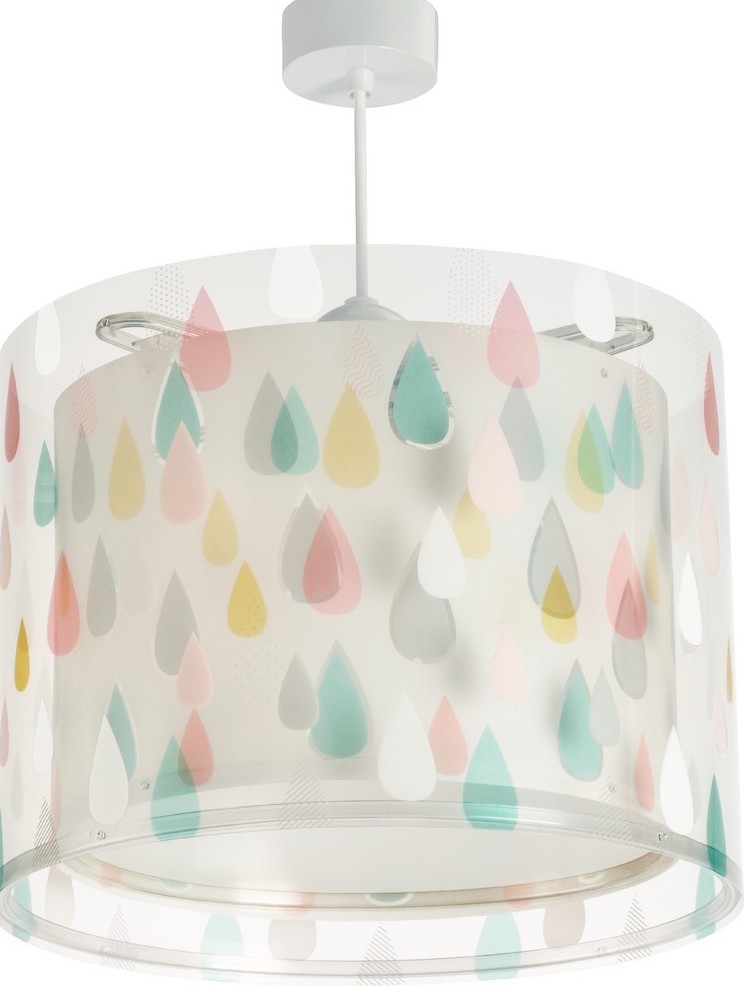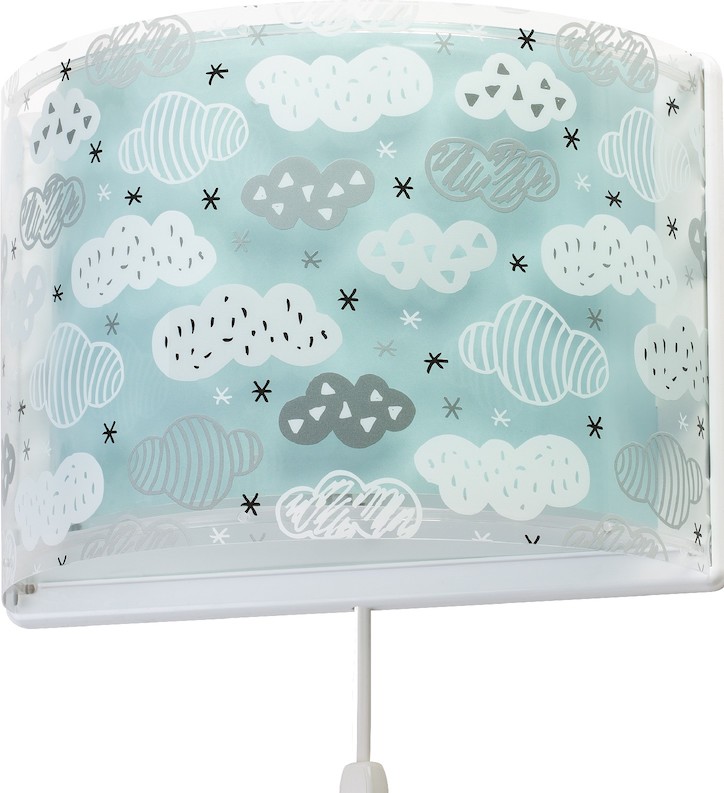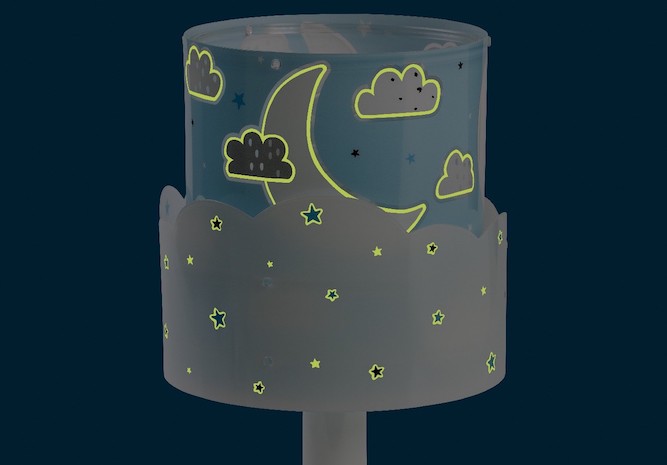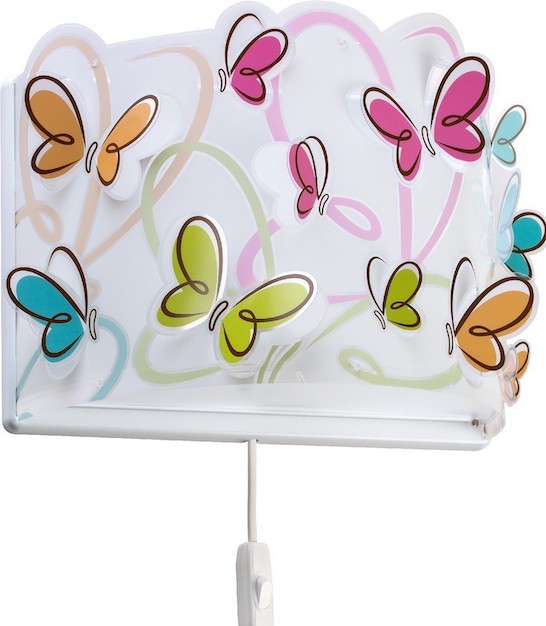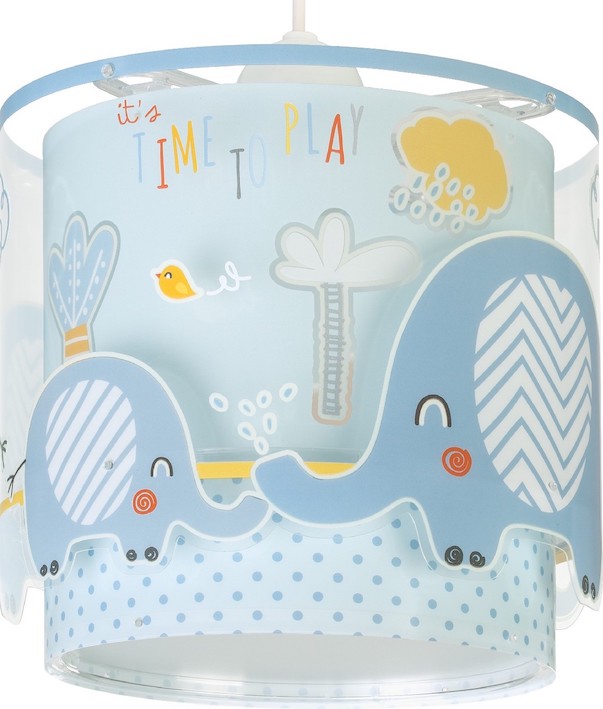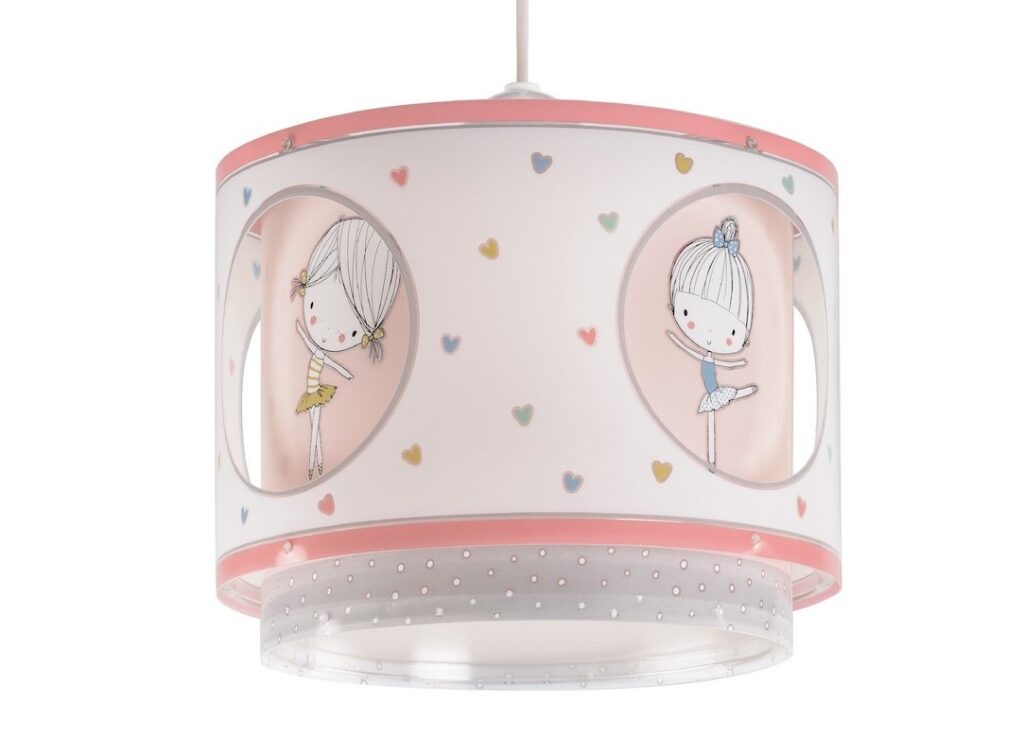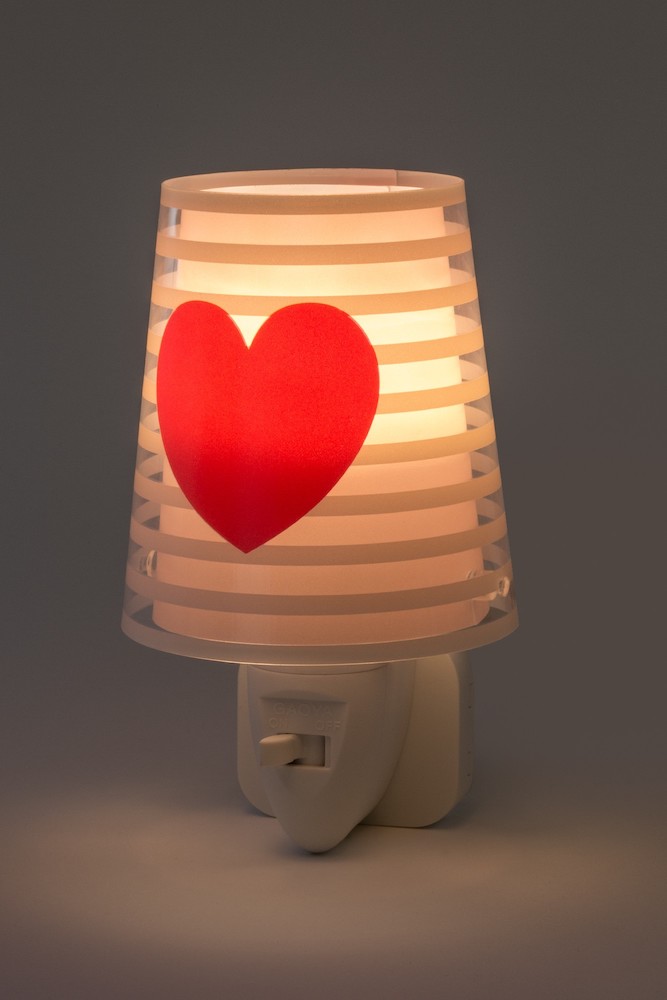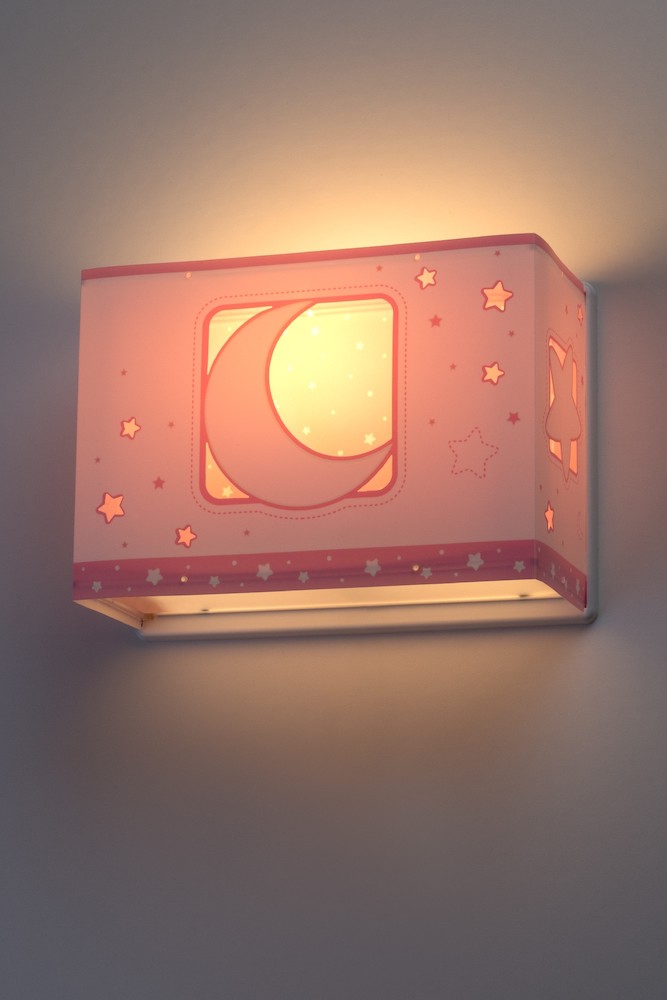Choosing the best light for studying or reading is of the utmost importance to ensure concentration, as well as avoiding the visual fatigue that wrong lighting could cause.
Natural light, from the sun, is the most convenient to accompany you in your study or reading hours, when you have to fix your eyes on paper for long periods of time. Sunlight favors visual relaxation and maintains natural shades in colors, so it will keep us active and will not cause us fatigue while we read or study.
What light is better for studying when there is no sunlight?
In winter periods, when the days are short and sunlight is scarce, as well as when we have to study or read at night, it is important to provide the study space with adequate lighting through indoor lighting.
Generally speaking, to ensure that the light around us when we are reading helps us to focus and avoid fatigue, you will need to meet certain requirements:
- The light to study should be a homogeneous light, which illuminates the widest possible area without sudden changes in intensity, especially in the area where we are carrying out the activity.
It must be a zenithal light, that is, it illuminates from the top, as vertically as possible, to avoid creating unwanted shadows or reflections on the surface.
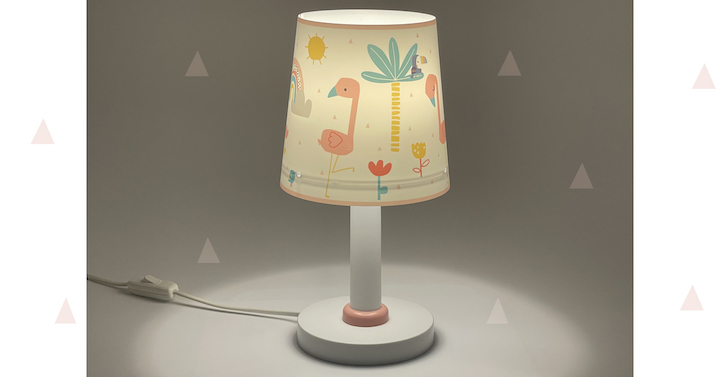

To achieve a properly lit environment that maximizes productivity, it is advisable to provide the study, reading or work space with different lighting, differentiated by zones. In general, for small rooms it is recommended to establish an ambient light and another specific one directed to reading, by means of a lamp or LED flexo.
Dalber children’s table lamps are a perfect option to illuminate the children’s study area with an ambient light that accompanies the specific directed light.
Another perfect option to illuminate the entire children’s room without shadows are our 3-light children’s ceiling lights. They are directly installed on the ceiling and offer optimal light output to adequately illuminate the room.


Which light is better for reading: cold or warm?
Another of the big questions when deciding what lighting a room should have for studying or reading in it is the tone of the light: is it better to use a light with cold or warm tones?
Warm light is closer to red or yellow tones, and is indicated to generate relaxed environments and not so much to promote a reading environment or aimed at productivity.
Cold light, which provides bluish or white tones, has a power ranging between 4,000k and 5,000k, and is closer to sunlight or natural light. For this reason, cold light is more convenient to study or read, as it produces greater body well-being. This is equally applicable for when we carry out any other activity that requires attention and concentration. The cold light will favor the rest of our eyes while we stay active, preventing them from making an overexertion.
On the other hand, if we read or study during the last part of the day and at night we must bear in mind that a side effect of cold light is the activation of the brain. It is used to receiving progressively less light as the end of the day approaches. Stimulating the brain with white light at night may affect how easy it is to fall asleep. Therefore, the most convenient light for studying at night would be a warm light.
The direct influence of different types of light on the human ability to concentrate on performing a task has been tested and measured with various studies and scientific experiments. In 2016, a group of scientists from the South Korean Institute of Science and Technology experimented with two classrooms of students taking the same exam, illuminating different areas of the classrooms with different lights.
For this they used warm lights (yellow tones, 3,500K), neutral lights (5,000k) and cold lights (6,500K). The students who obtained the best results and who were also more concentrated were those who had received cold light during the test. In contrast, the students who received warm-tone lighting were more inclined towards leisure and lack of concentration during that time.
What is the Color Rendering Index (CRI) and how does it affect reading?
The Color Rendering Index is a way of measuring how faithfully a light is able to present the colors that surround us, in relation to the real colors. For this, “real” color is understood as how colors are presented to us by sunlight.
To express it numerically, a scale from 0 to 100 is established, the highest part of the scale being the most faithful to the authentic or real colors.
The LED bulbs that we recommend for Dalber children’s lamps, and that you can find in our online store, offer a CRI of between 80-90, a high level if we take as a reference the until recently common fluorescent tubes, which provide a CRI of between 50-70 being able to distort the colors.
Other factors that make LED light especially recommendable for study is that it does not emit any type of noise, the heat it emits is practically zero, and it also has a very long useful life. All Dalber children’s lamps use LED bulbs, of different intensities depending on the lamp, perfect to use with them.
How many lumens are necessary to be able to study correctly?
To achieve correct and sufficient lighting for studying or reading, a light output of between 450 and 550 lumens is recommended, considered the optimal range of brightness for this type of activity.
In our Dalber lighting guide you have more information that you can use to choose the correct lighting for your home.
Common mistakes when choosing children’s lamps and how to avoid them
Lamps that grow with your children. Versatile ideas for youth bedrooms
How lighting influences the sleep and well-being of babies and young children
Pixel Art – Minecraft
We remember Minnie Mouse
Table lamp assembly instructions update
New collection of children lamps Baby Bunny
Night light for babies, a perfect way to softly illuminate their nights
Children’s wall lamp: illuminate and decorate the children’s room
